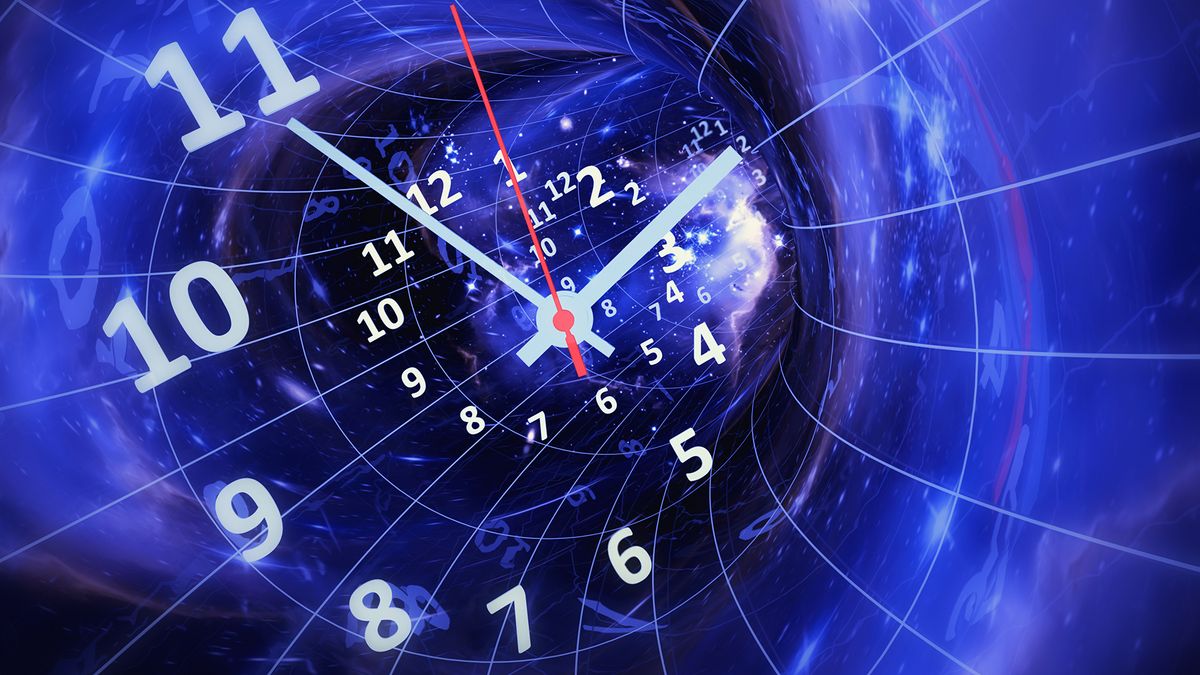I would like to look at infinite inner space and infinite outer space in a different way.
Let's replace space with time.
Now lets look at the whole in terms of one full second.
Now Plank time is a term from physics which describes an infintesiminally short period of time. I believe that Plank time is measured in single units.
In the first unit of Plank time after the inception of the big bang, there was a war going on between matter and anti matter atoms. And of course, matter atoms won the war, because everything we know about the universe is made of matter atoms. But I believe astronomers have said they believe there may be anti matter atoms that are still in the universe somewhere. But have anti matter atoms been created in a laboratory?
Now an anti matter atom has a proton that is negatively charged. I presume that the neutron is still nuetral but the électrons are positively charged, and are revolving around the nucleus of the atom in the opposite direction than that of matter atoms.
So what really happens when one atom of matter collides with an atom of anti matter? Will it blow up the entire solar system?
Now, within Plank time, are there more specific time measurements that are actually shorter?
I guess what Iam actually asking is wether or not there is a limit to how short any period of time can be? Is this akin to the fact that there is never a last number? Can periods of time get shorter and shorter, but never become no time at all?
So, how many Plank time units make up an entire second?
Let's replace space with time.
Now lets look at the whole in terms of one full second.
Now Plank time is a term from physics which describes an infintesiminally short period of time. I believe that Plank time is measured in single units.
In the first unit of Plank time after the inception of the big bang, there was a war going on between matter and anti matter atoms. And of course, matter atoms won the war, because everything we know about the universe is made of matter atoms. But I believe astronomers have said they believe there may be anti matter atoms that are still in the universe somewhere. But have anti matter atoms been created in a laboratory?
Now an anti matter atom has a proton that is negatively charged. I presume that the neutron is still nuetral but the électrons are positively charged, and are revolving around the nucleus of the atom in the opposite direction than that of matter atoms.
So what really happens when one atom of matter collides with an atom of anti matter? Will it blow up the entire solar system?
Now, within Plank time, are there more specific time measurements that are actually shorter?
I guess what Iam actually asking is wether or not there is a limit to how short any period of time can be? Is this akin to the fact that there is never a last number? Can periods of time get shorter and shorter, but never become no time at all?
So, how many Plank time units make up an entire second?



